23/ Full time college student, and part-time freelance artist and illustrator, based in Vietnam. Most of my art below are mostly Greek mythology and Greek culture-related, but sometimes do have personal drawings and fanarts, too! Do not have any associations and relations with any real Hellenic Polytheists or dark academia.My Redbubble shop /My INPRNT shop
Don't wanna be here? Send us removal request.
Text


Louis Vuitton Monogram Cherry Blossom Papillon Bag
2K notes
·
View notes
Photo






Wallada bint al-Mustakfi (994 - 1091)
She was the daughter of a Christian slave, Amin'am, and Muhammad III of Córdoba, one of the last Umayyad Cordoban caliphs, who reigned for only two years. Princess Wallada was a beauty of blond hair, fair-skinned and blue-eyed, in addition to being intelligent and cultured. Wallada inspired verses from other poets and wrote her own, becoming poet and author as well as singer. Her poetry was noted for its boldness.
As Muhammad III had no male heir, Wallada inherited his properties, and used them to open a palace and literary hall in Córdoba. There she taught several classes in poetry and art to women of all classes, from those of noble birth to slaves purchased by Wallada herself. Among Wallada’s most outstanding students was Muhya bint al-Tayyani, the young daughter of a fig salesman, whom Wallada welcomed into her house. After Wallada’s death, Muhya would go on to write a number of kind satires about her.
Some of the great poets and intellectuals of the time also visited the Wallada’s palace. She hosted poetry reading at her palace with mixed–men and women–company. A Cordoban custom of the time was for poets to compete in finishing incomplete poems. Wallada gained recognition for her skill, particularly as a woman in what was almost entirely a male competition.

Wallada is known for her unshakeable pride and defiance of traditional gender roles. Not only did Wallada refused to wear the veil when she went out in the streets of the city, she wore transparent tunics and embroidered her verses on the trim of her clothing. Her behavior was regarded by the local mullahs as perverse and was strongly criticized, but she also had numerous people who defended her honor.
Wallada not only refused to cover her face, she also was very outspoken and free in her personal behavior, thus becoming a symbol of liberation for the women of her time. Wallada remained independent her entire life and never married, though she did have two long love affairs.
It was during one of these poetry competitions that she met the great love of her life, the poet Ibn Zaydún, who held a privileged political position. Their relationship was controversial and had to remain a secret. The couple of lovers decided to express their feelings through poetry. Ibn Zaydún’s prestige as the leading poet and the lover of the most beautiful woman of Córdoba awakened much jealousy among his rivals, such as Ibn Abdús, the Caliph’s Vizier.

The Vizier created a venomous intrigue aimed at destroying his enemy’s friendship with the Caliph and also his romance with Wallada. At first he failed, but then succeeded in catching Ibn Zaydún making love to Wallada’s favorite slave, an African girl, and the Vizier made public the alleged treason. Some speculate that the lover could have been a male. Wallada was enraged and abandoned him in great public scandal. Her pride and strong character made that the passionate love turn into passionate hate towards him. Ibn Zaydún was devastated, he wandered through the streets of Córdoba completely desolate. Wallada did not forgive him.
Eight of the nine poems preserved from Wallada were written about their relationship, which apparently ended under contentious circumstances. Written as letters between the two lovers, the poems express jealousy, nostalgia, but also a desire to reunite. Another expresses deception, sorrow and reproach. Five are sharp satires directed against Zaydún, whom she criticized for, amongst other things, having male lovers. In one writing, it was implied that the relationship ended because of an affair between Ibn Zaydún and a “black lover”. The last of the nine poems alludes to Wallada’s liberty and independence.

Ibn Abdús would end up seizing Zaydún’s properties and having him imprisoned. Zaydún escaped from his cell, and he sought refuge with King al-Mu'tamid of Seville. After her split with Zaydún, Wallada entered a relationship with the Vizier, who was completely enamored with the beautiful princess. Zaydún became the strong man of al-Mu'tamid, assuming the position of Vizier. He was a powerful man and a great poet. The eternal lover died in Seville in 1070.
Wallada lived under the protection of Ibn Abdús in his palace, although she never married him. Over time Wallada lost her fortune, toured Al-Andalus exhibiting her poetic talent, in comings and goings, always returned alongside Ibn Abdús. They lived together until his death, well into his 80s. Wallada died on March 26, 1091, the same day that the Almoravids entered Córdoba.
(x)(x)(x)(x)
112 notes
·
View notes
Text
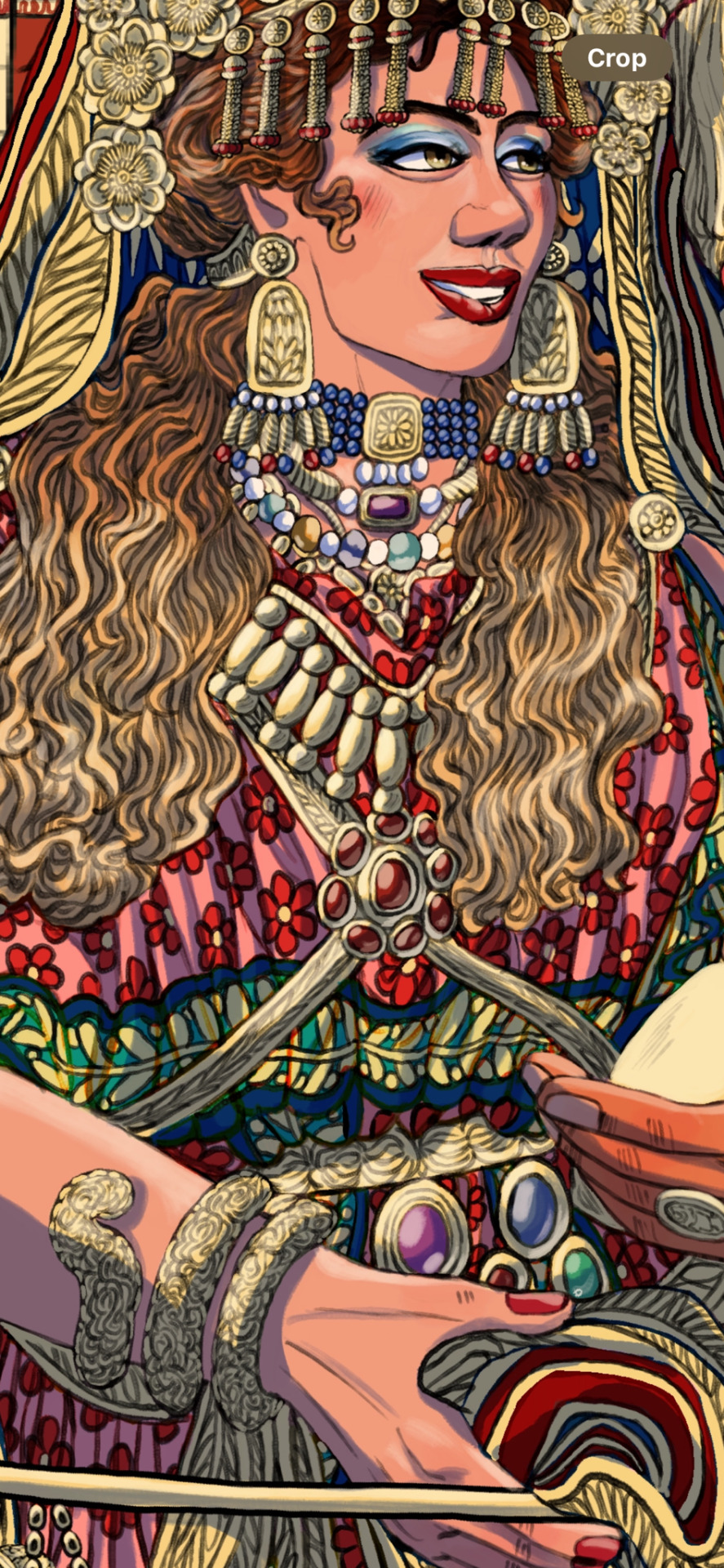
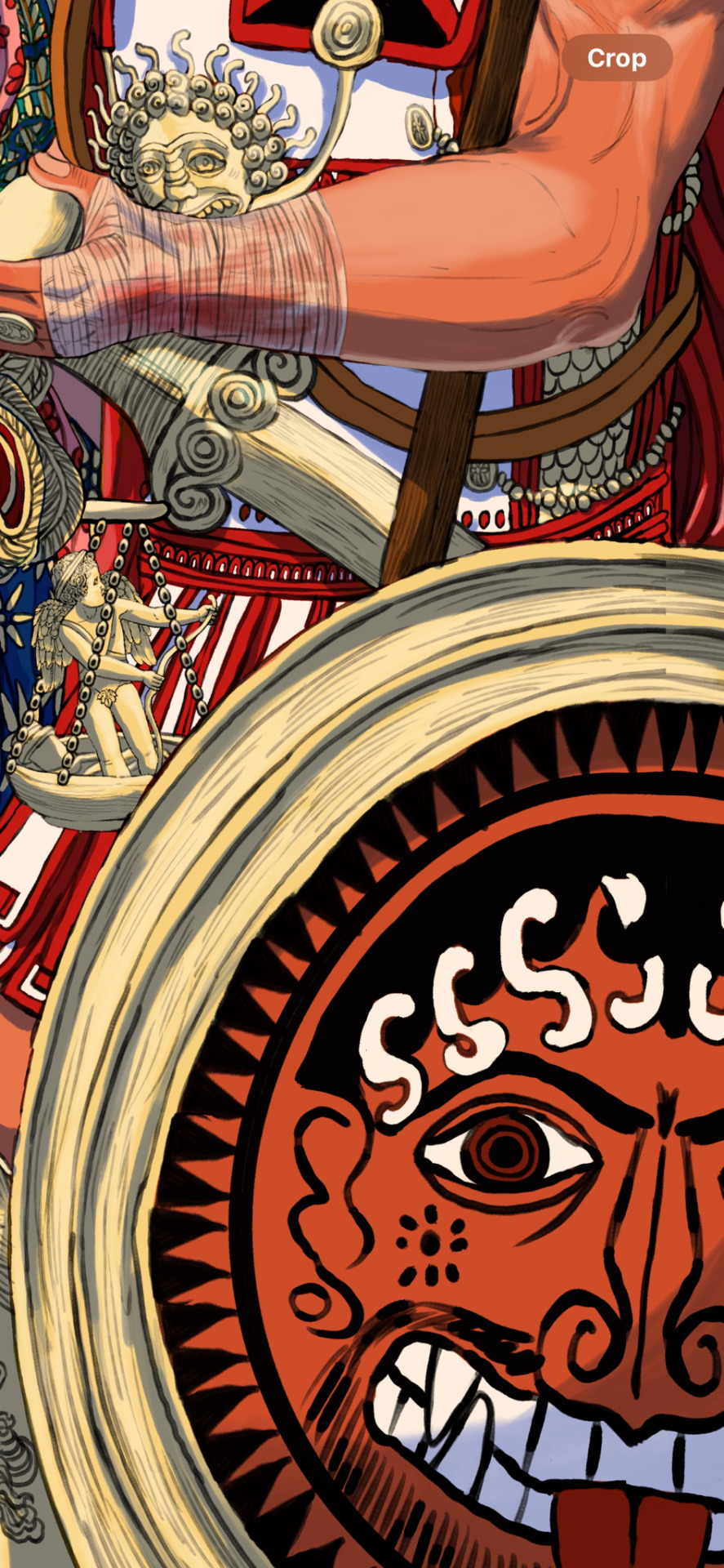
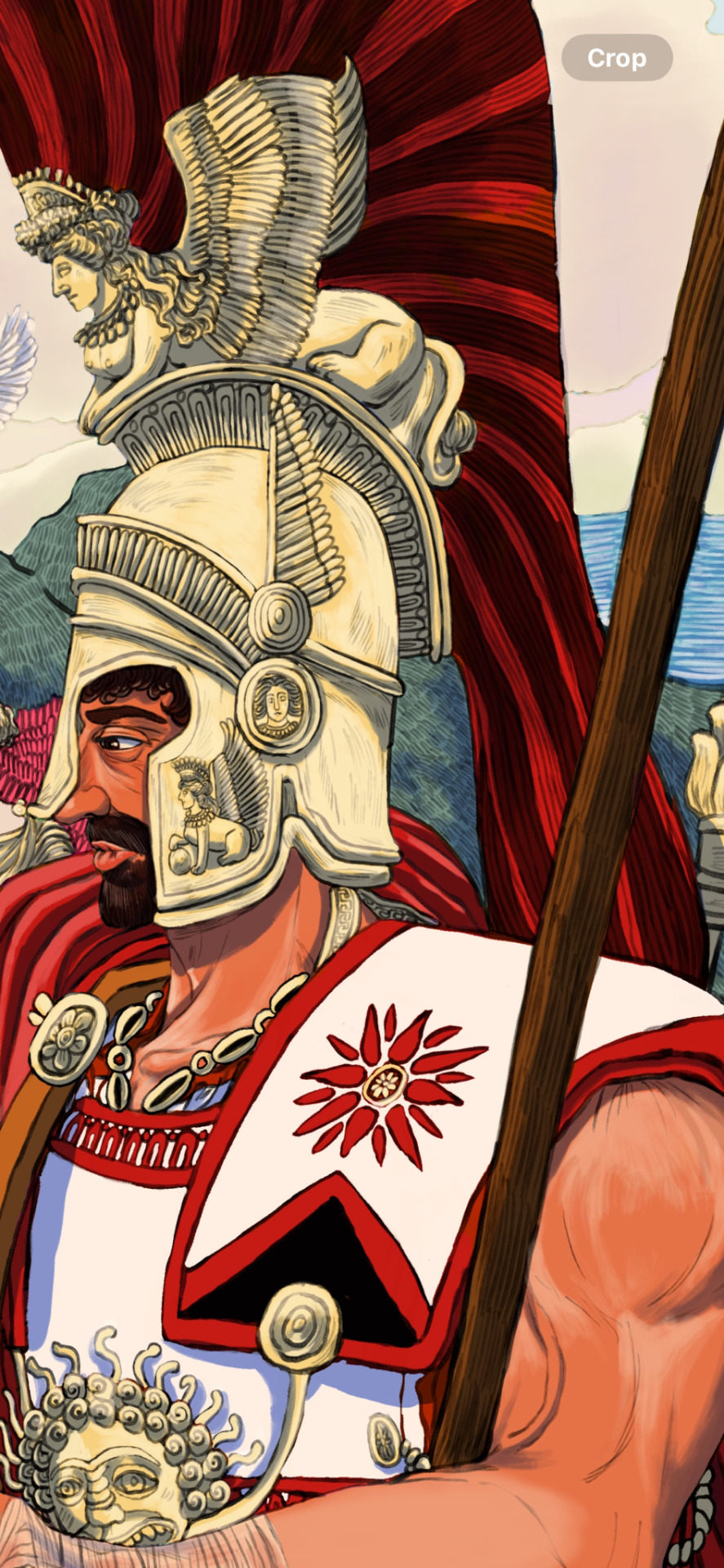

Closeup details of an Ares illustration entry that I made for my Sing O Muse zine contribution last year. Ares, in my version, is often hanging out with Aphrodite and the Graces, Hera + her daughters, and Poseidon the most, either for his warrior bodyguard duty or just running casual errands in his home. Zine is out now, so you better check them out and grab them while you can since they are still piping hot from fresh printing !!!!
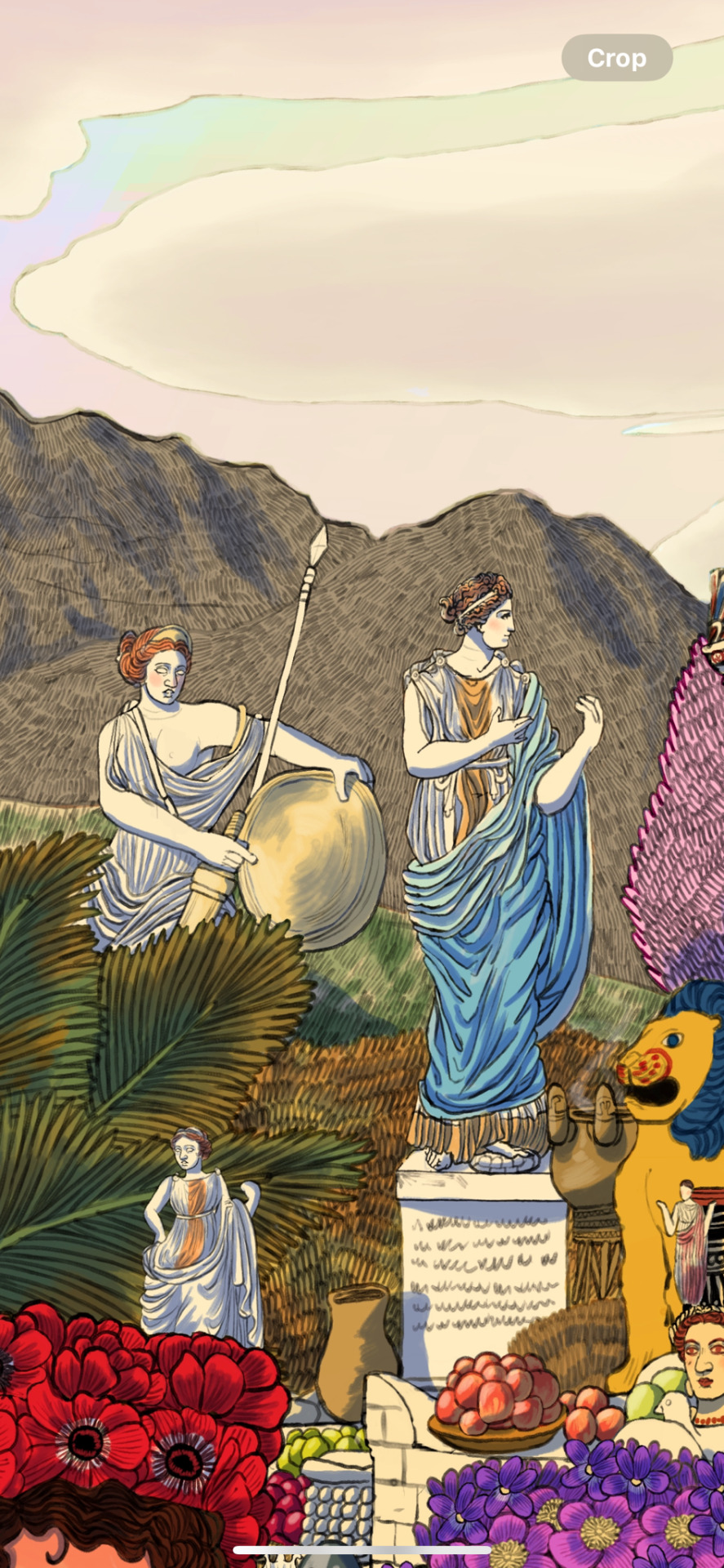

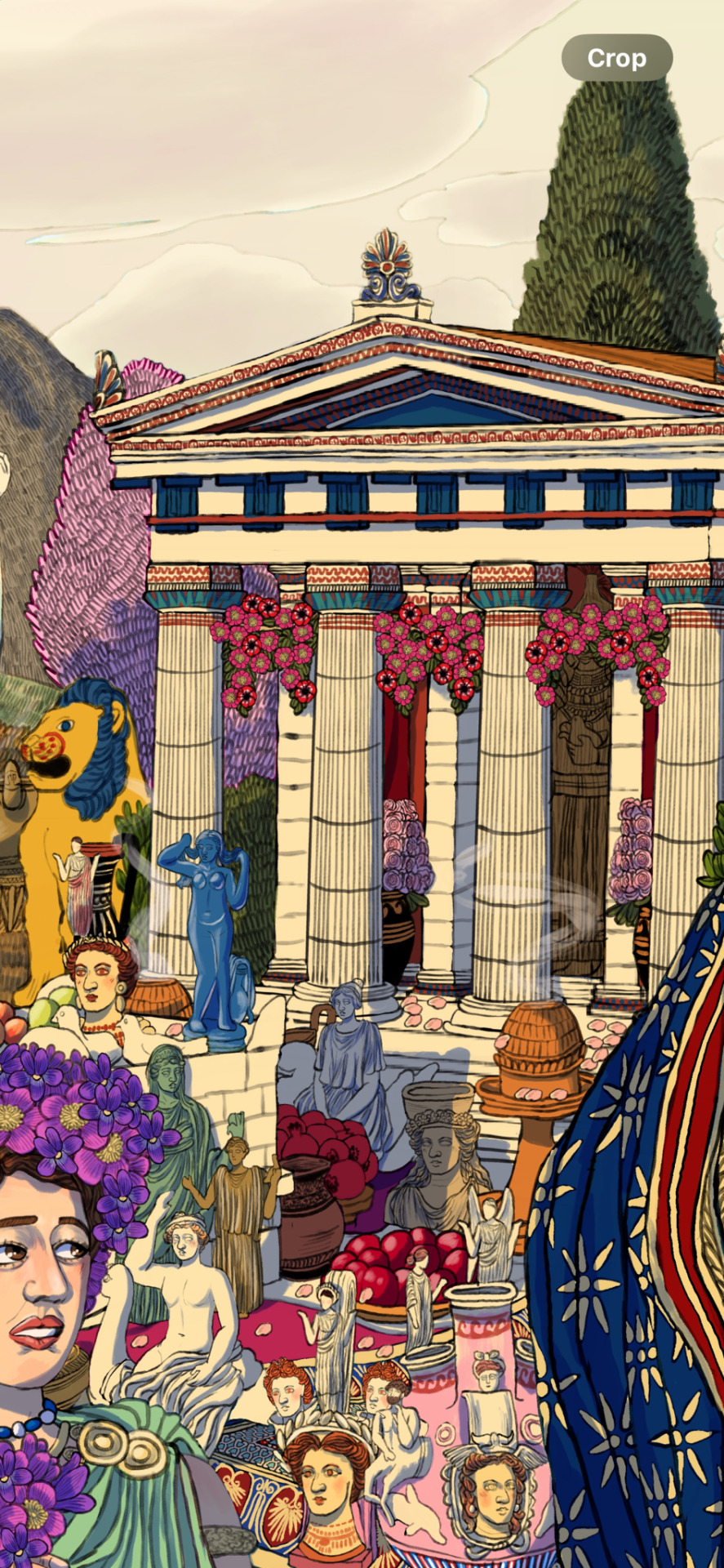
The temple background was that of Aphrodite Ourania in Kythera, one of the oldest structures dedicated to her located in mainland Greece dated from the 6th century BC, which was later converted into Agioi Anargyroi church (St. Cosmas & Damian) during Byzantine times.
According to legend, Aphrodite was born from the sea foam stranding to the seashores of Alvemonas Bay of Kythera first before arriving in Paphos, Cyprus. Aphrodite Ourania, as in her “heavenly love” aspect was depicted as an armed warrior goddess within this modest temple right here, and there are still fully preserved walls + niches within the current ruined building along with its Doric columns!!!!
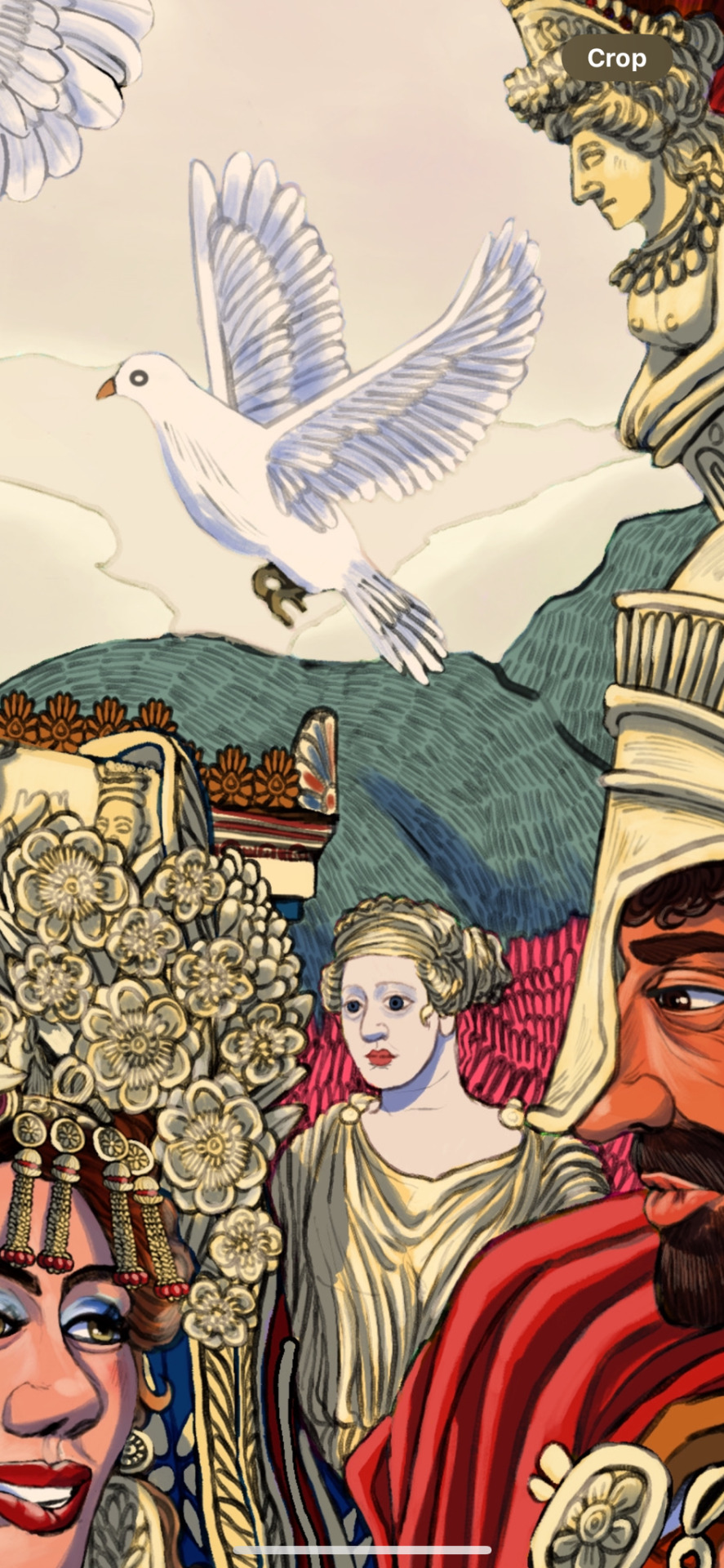
Over on the sight of the divine couple is another chryselephantine statue of Aphrodite Ourania herself, with her foot standing on a tortoise. Made out of gold & ivory, with black stone eyes and carved by the famed Phidias who was known for the Athena Parthenos and Athena Promachos in the Parthenon, Athens; as well as the statue of Zeus of Olympia. (I knew that this statue of Aphrodite Ourania would later be transferred to Elis, in the further northern region of Arcadia, but I still loved it to be standing there, tbh.)
46 notes
·
View notes
Text


STARTER PACK NO AI
A repost to the bandwagon months ago, but you can always get yours now by drawing yourself!!! Instead of being keep in the box like what I see the AI did, being stuck, commercialized from head to toe with all of your essentials, all consumable and soulless, I have the gods examining the dolls out and testing out their tiny versions of them!
For this one, I did gave Ares a new retouching: a full upper body of ink tattoos -chest/pecs, biceps and abs, inspired from the Roman cuirass armor that worn by his Roman counterparts-Mars, and my birthday gift from the lovely @greypetrel; whom she gave him two full sleeves of drakons sleeping in a field of roses and myrtle flowers. For Aphrodite, I just added a few sea shell around her, changed the background to a much more soft, serene and calm blue afternoon sky, and retouched her hair to her most current look, chunky highlights in an already blonde ombre hair.
22 notes
·
View notes
Text
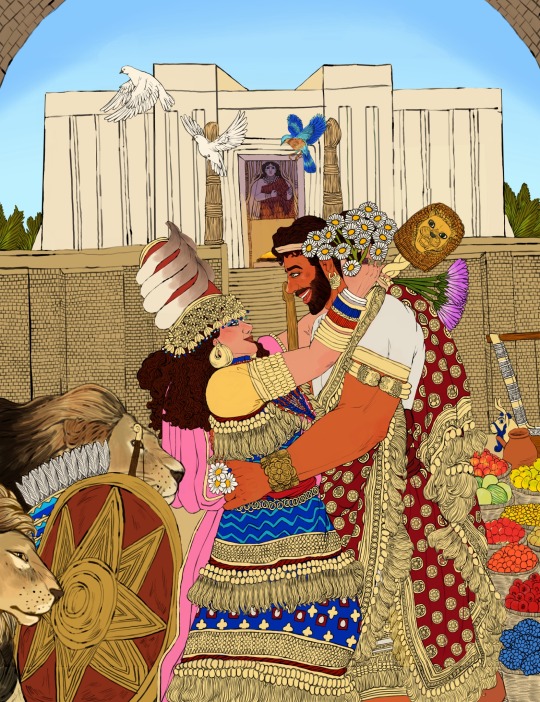
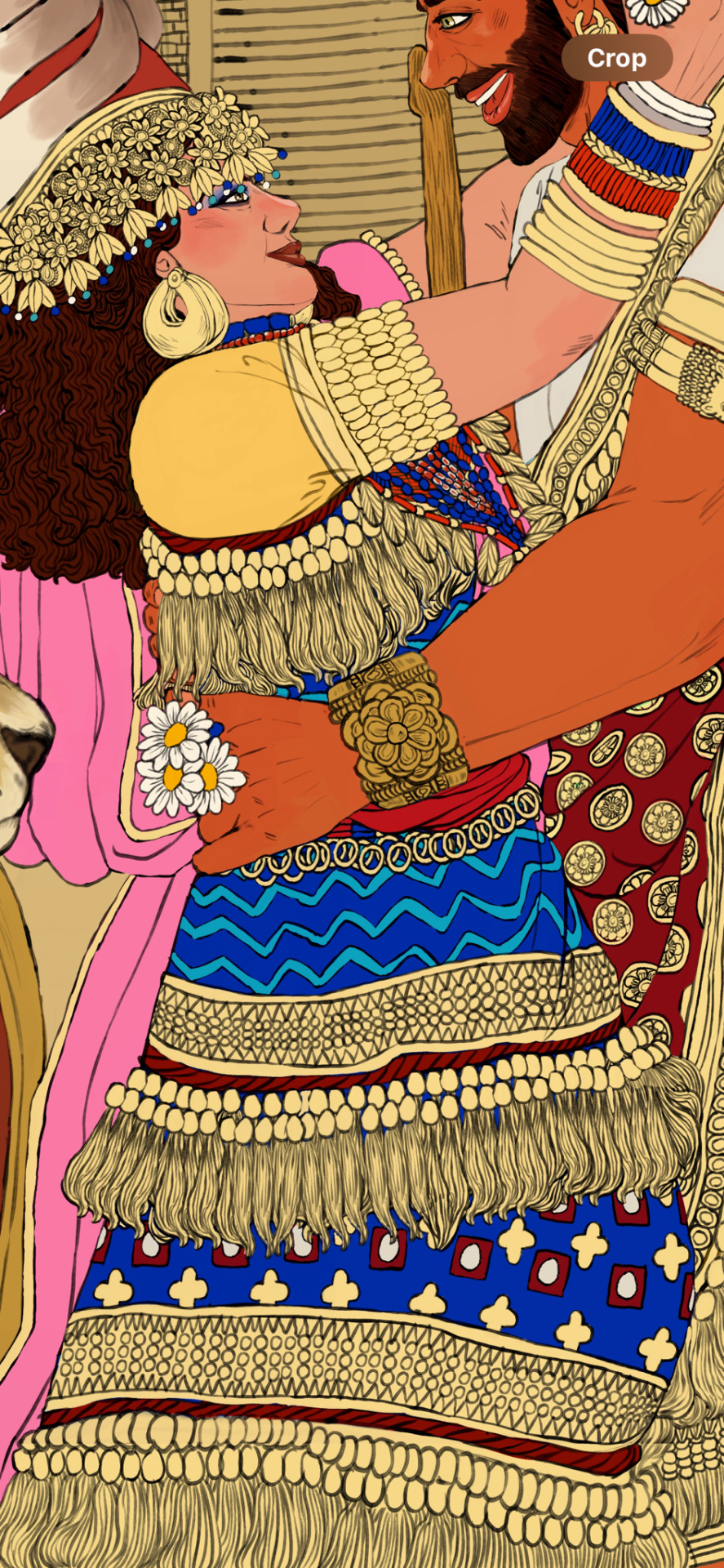
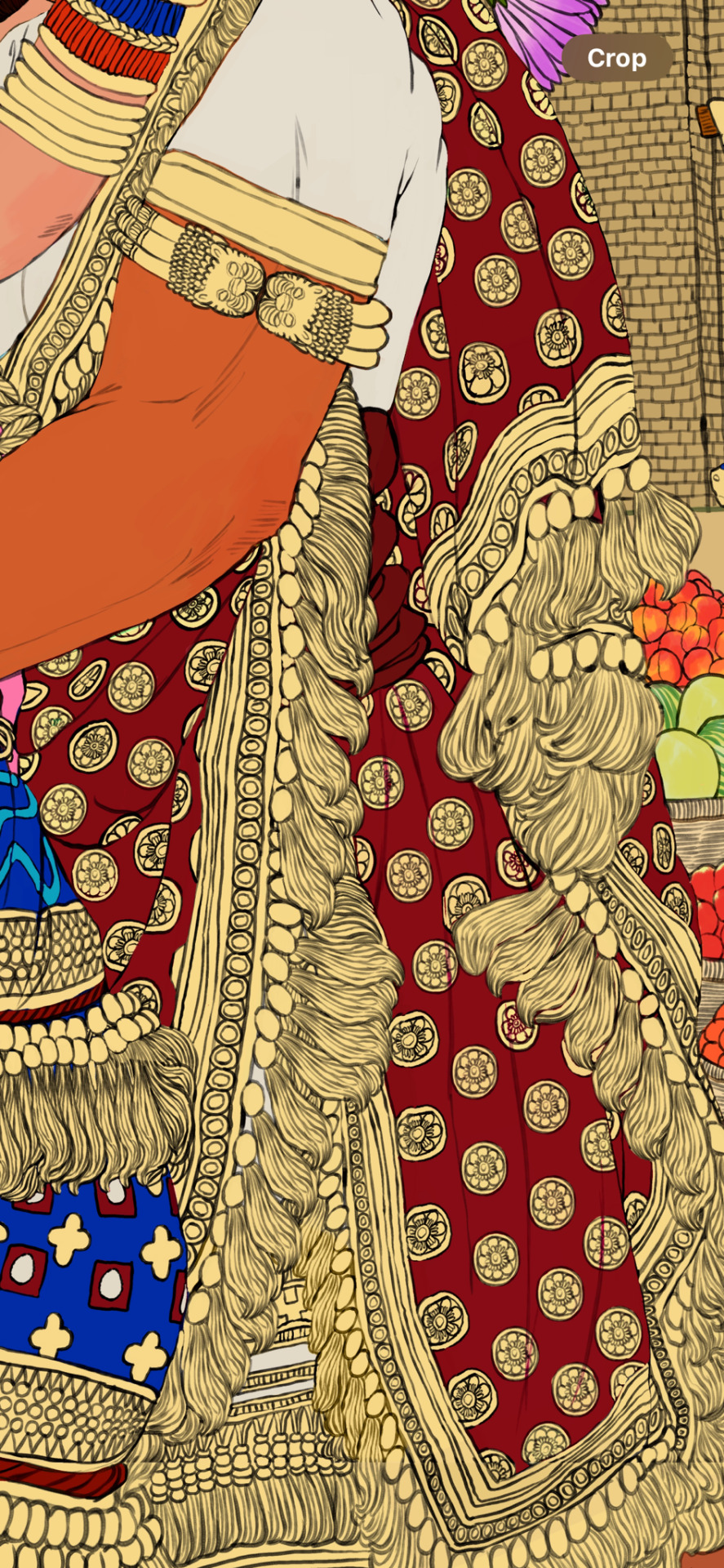
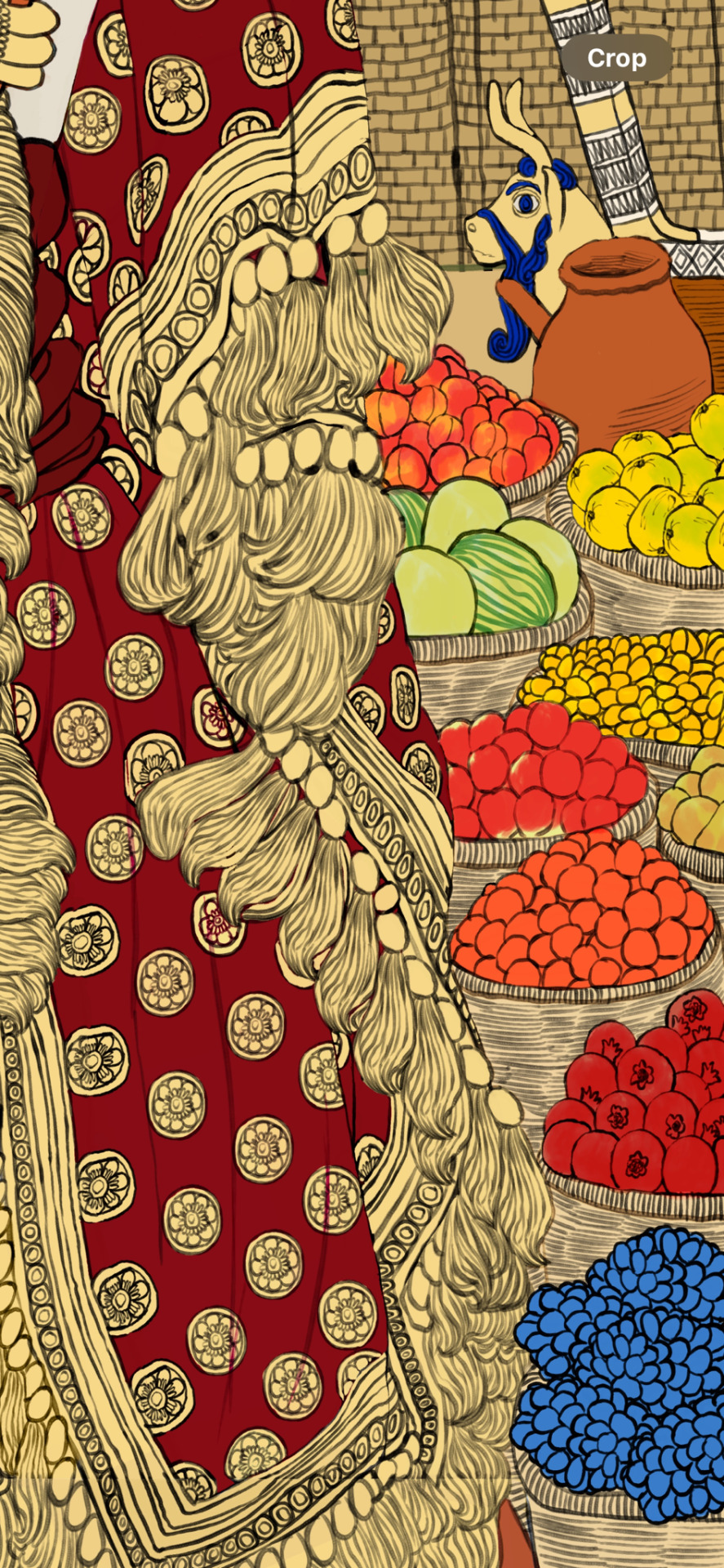
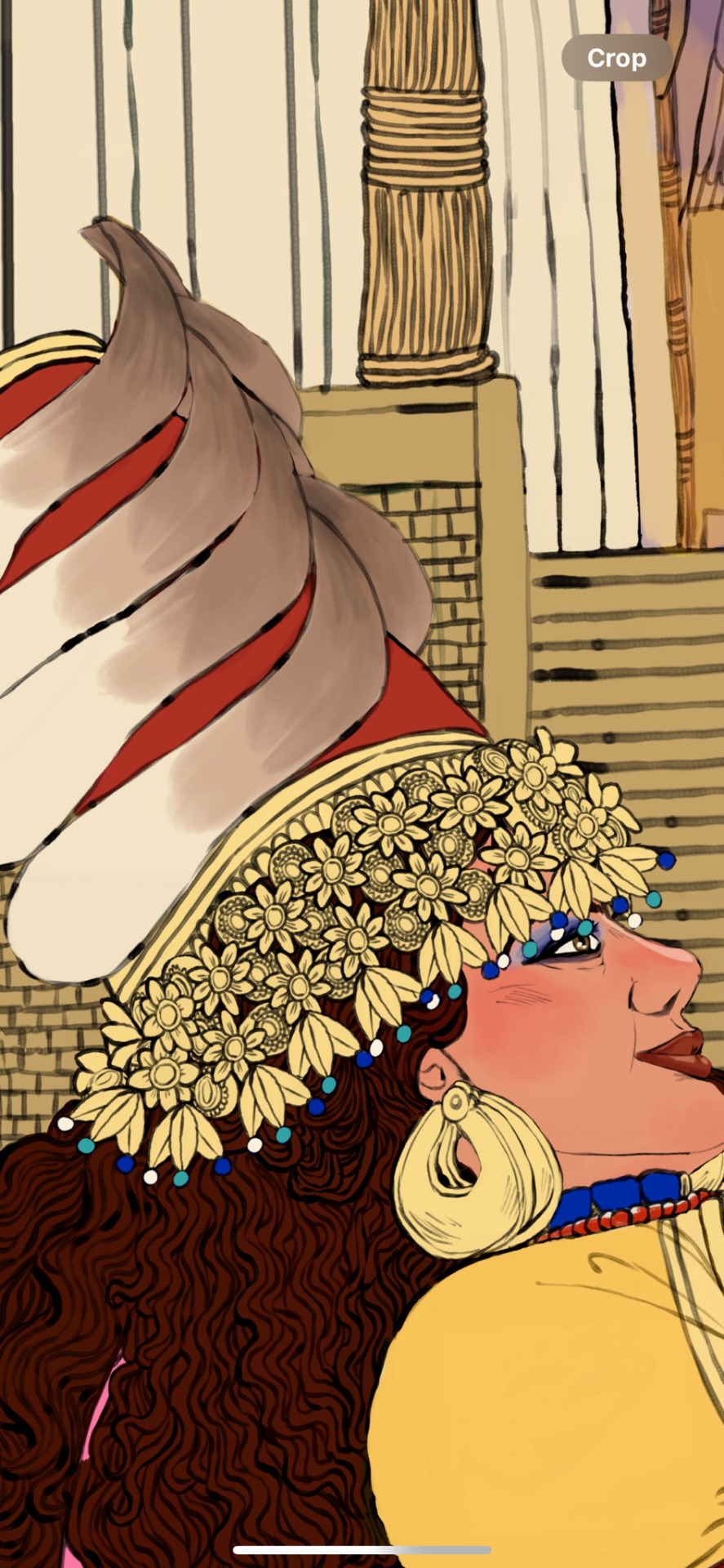
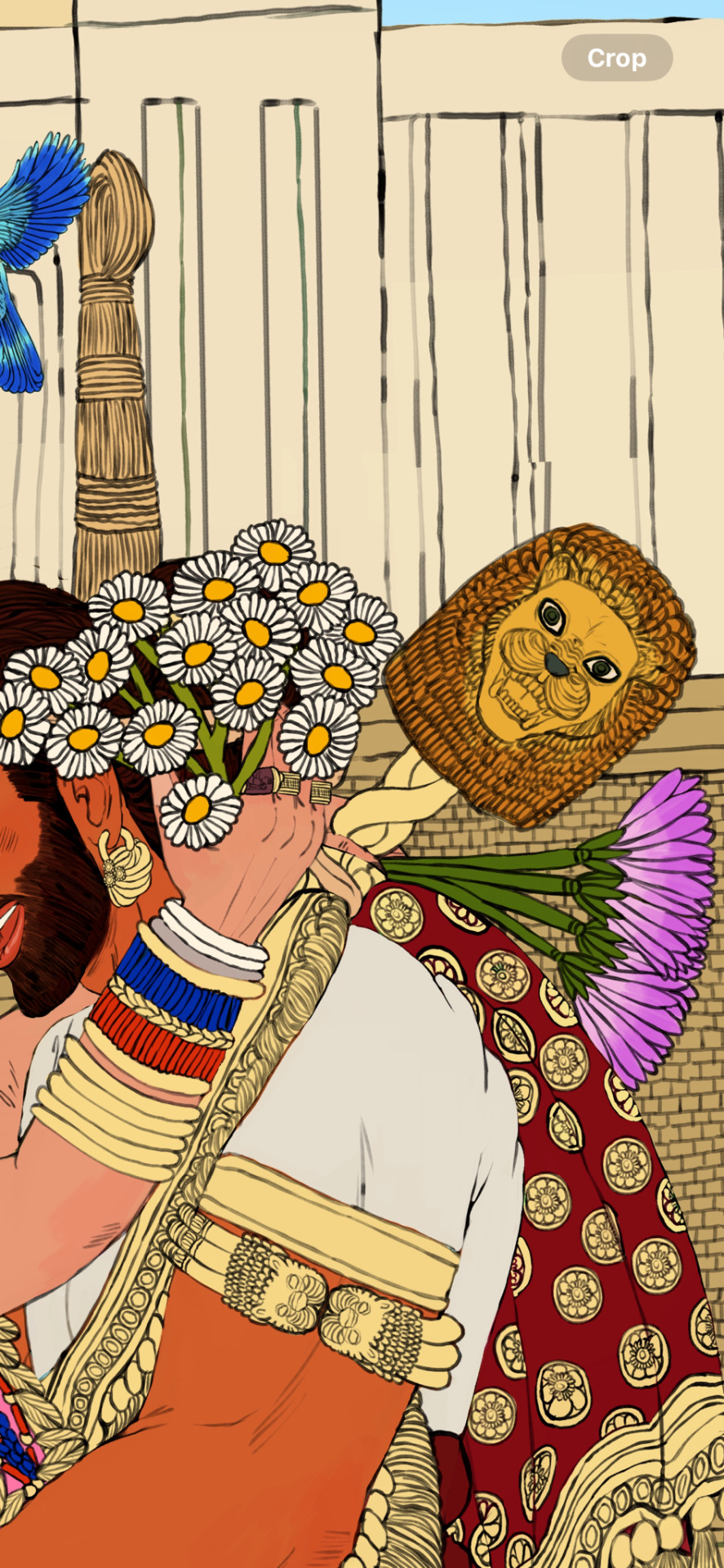
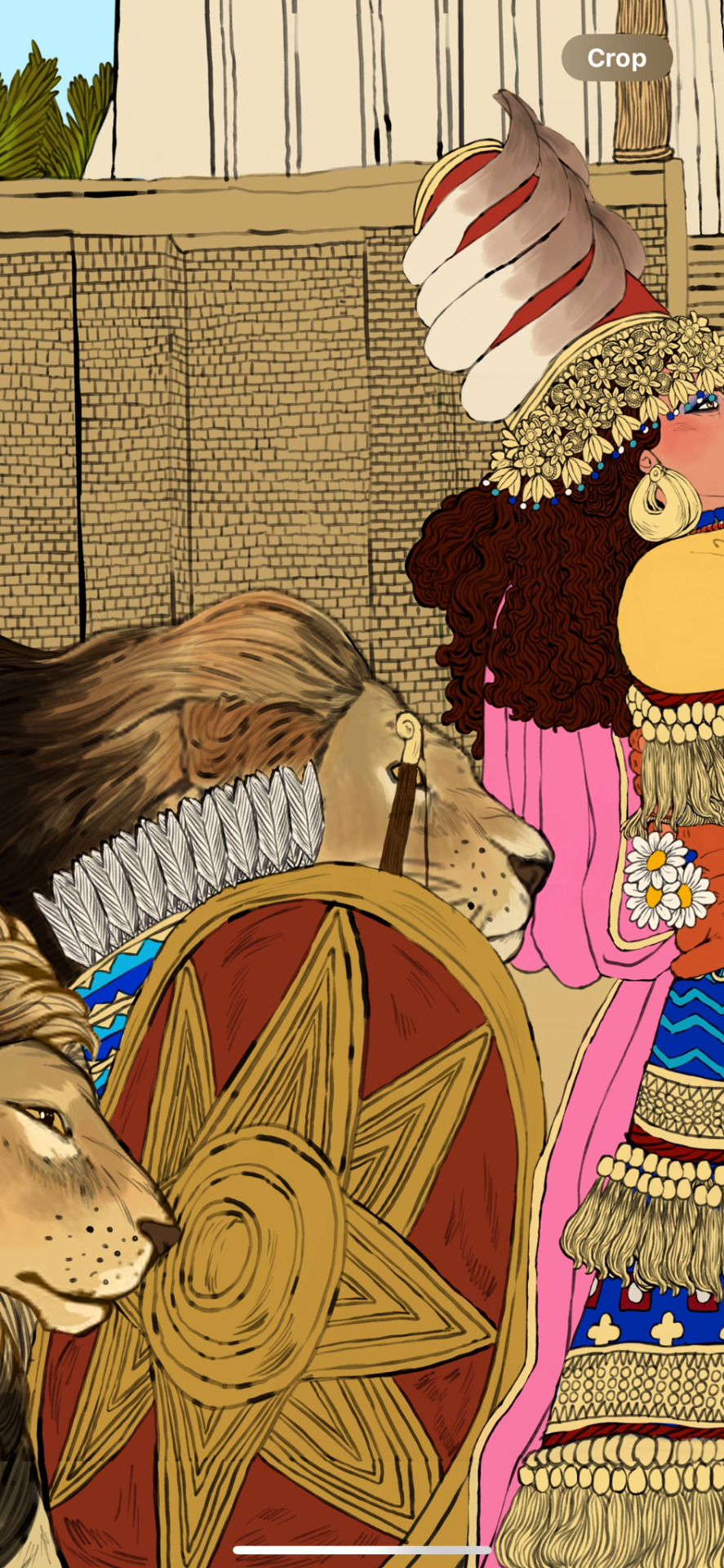
Aphrodite and Adonis in their older Mesopotamian forms; Inanna-Ishtar, the warlike goddess of beauty, fertility, and love and Dumuzi, her husband and the shepherd king of ageless Uruk.🦁🐏
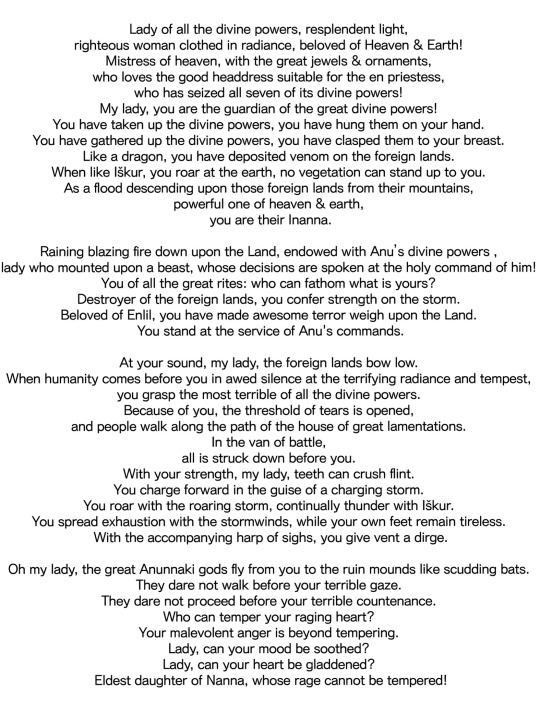
Here are the poem snippet that I used as the main inspo, written by Enhueduanna, high priestess of the moon god Nanna/Sin and daughter of King Sargon & Queen Tashlultum of Akkad. As she became a devotee of Inanna and composed various exaltation hymns to the goddess, she also composed 42 hymns addressed to many temples and sanctuaries across the land of Sumer and Akkad, the so-called Temple Hymns; which makes her become the earliest known named author in world history.
The ziggurat temple background was based on the Eanna temple (”House” of Inanna) in Uruk, which was built during the 3rd dynasty of Ur (21st cent BC) and had been mentioned throughout in the Epic of Gilgamesh; while their clothing was from later recent Assyrian & Babylonian era. All of the offerings were based on the depictions on the Warka vase from the National Museum of Iraq - an agricultural festival that seemed to be connected with the rituals involved with the goddess.
110 notes
·
View notes
Text

Creating and reshuffling my playlist on “Modern ARES & APHRODITE” for a second time. Trying to capture their “cool hot uncle and auntie” energy this time with more Greek and Middle Eastern bops, together with hip-hop/RnB that I grew up in!!!
0 notes
Text
Stay with the one who loves you as a whole when you think you are in pieces. The one who didn't walk away.
50 notes
·
View notes
Text
Honestly, bad choice on them and hope they get fucked, Sarah.
Both of them Russian, Americans and British authors/artists often have a thing in common: that they knew how to portray their characters in the most Orientalist way as possible, to hell and back and to no bound. (Especially if the fantasy culture was inspired from Levantine Middle East, or Desi South Asia/Indian subcontinent.)
Who missed Crown of Serpents slander? 🙋🏻♀️
While the author did the bare minimum of placing Andromeda's home in Joppa (a place that is actually mentioned in some ancient sources as her possible residence), we still get a lot of obscure aspects about it, which makes it seem like we're still in Hellas while reading her pov but on a small, distant island or something. We don't get anything about the historical nor cultural context (namely the fact that back then the Ancient Canaan was under the Egyptian Hegemony), nor about the vestimemtation (her clothing are generically referred to as "dresses" or "gowns"), nor about their traditions or customs (the dancing scene literally reads like a Regency Era Ball). It almost seems like the writer didn't even know that she's supposed to be part egyptian via her father, especially considering that in this retelling Aegyptus is very much alive despite the fact that he's supposed to be dead for a while already since Perseus is a very distant descendant of him. And no, she won't perceive the greek culture as a superior one nor get "humbled" by it, not even around a prince from Crete.
I also despise the fact that besides the mention of Astarte as the goddess she worshipped we don't get any other bit of Phoenician Mythology; anything else is centered around the greek gods and greek myths - even the walls of their palace which depicted different scenes from Greek Mythology, and the only one that made sense was the abduction of Europa because she was a phoenician princess related to them.
I cannot help but wonder how is Andromeda even supposed to be afro by the author's logic if she didn’t bother to specify anything about her ancestry (such as emphasizimg the fact that nubians gained more influence and power during the New Kingdom to the point where some of them even became pharaohs), and it's even implied that her father always lived in Joppa to begin with.
#I remember the first time I found Aphrodite temple in old Paphos wasnt built in a Greek temple style but in a Phoenician#i have always wanted to learn more about them#as well as the assyrians#the babylonians the akkadians and sumerians#that inspired their religion in the first place#the warlike inanna ishtar#the phoenician astarte#all of them give me badass cunning woman vibes#who always able to balancing the fierceness and softness of her personality#and can unpredictably changing her mood if things go as planned or not
25 notes
·
View notes
Photo

Elie Saab Haute Couture Spring/Summer 2016 (Details)
828 notes
·
View notes
Text

translation: “i love you i love you i love you i love you i love you i love you i love you i love you i love you i love you”
131 notes
·
View notes
















